12 Interesting Facts About Romanticism Art
Romanticism art spanned the 18th to mid-19th centuries and reached its peak from the beginning to the middle of the 1800s. It’s a unique genre that stands out from others over the course of art history. These are 12 facts that might surprise you when it comes to romanticism.
1. It’s Hard to Define
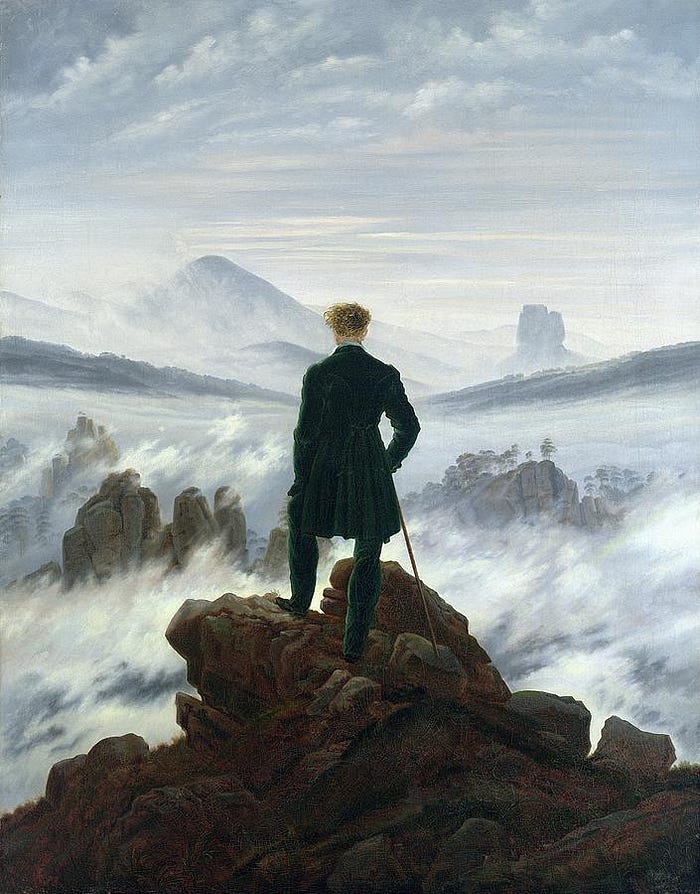
Romanticism isn’t like an era such as impressionism or cubism where it can be defined by its techniques. Instead, it is characterized by the principles of the age. These ideals focused on personal expression and uniqueness as well as emotion. The subject matter was highlighted over stylistic trends. As one of the masterpieces of Romanticism and one of its most representative works has been considered The Wanderer above the Mists by Caspar David Friedrich.
2. El Tres de Mayo 1808 Is an Icon

El Tres de Mayo 1808 (May 3) by Francisco Goya is considered one of the largest defining paintings of the era. Not only did it take a raw and emotional subject matter into hand but it also showed that fear tangibly on the faces in the crowd of the painting.
3. Neoclassicism Is Romanticism’s Direct Counterpart
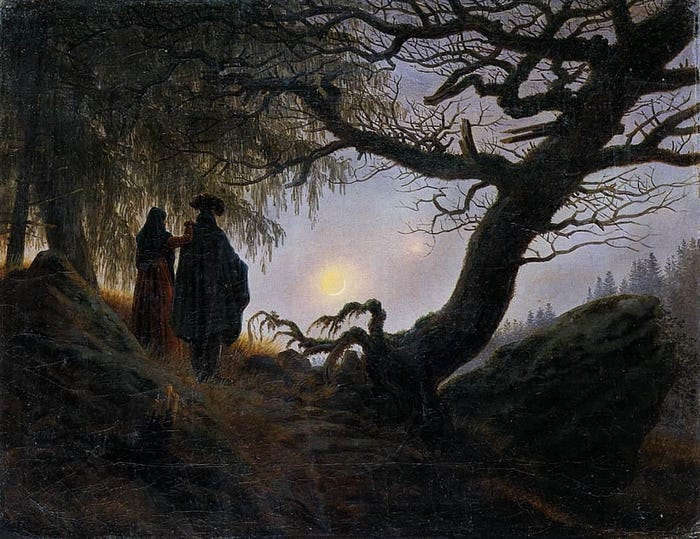
The period of Neoclassicism corresponded to Romanticism in time period alone. When it came to the ideals of the two movements, they were nearly direct opposites. Rather than science, reason, and industrialization, Romanticism put an emphasis on emotion, spiritualism, and nature. This period also focused on freedom from authority rather than a traditional focus on society.
4. Natural Disasters Were a Common Subject
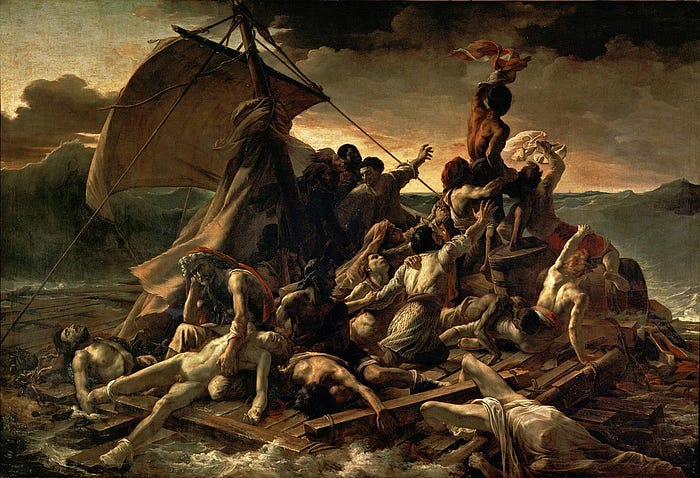
In the pursuit of showing the power of nature over man, many artists represented this through paintings of natural disasters. Shipwreck paintings were particularly common and there are plenty of examples of them in existence. Perhaps the most famous piece was Theodore Gericault’s masterpiece, The Raft of Medusa.
5. Weltschmerz

The German word “weltschmerz” was a key concept in Romanticism. It translates to “world-weariness” and it’s a theme seen time and time again throughout the era. The term was coined by a German author named Jean Paul and it was often represented by reflections on the past. The author intended it as a reference to the concept of when a human has the realization that the world around them won’t measure up to their hopes for it.
6. Back-to-Eden

Alongside weltschmerz, Jean-Jaques Rousseau’s “back-to-Eden” concept was a crucial philosophy during this time. This is the idea that when someone is born, they’re pure. However, as they grow in society, they become tainted. The only way to reclaim the purity that a person has at birth is to get back in touch with nature or “Eden.”
7. Fantasy Also Played a Role
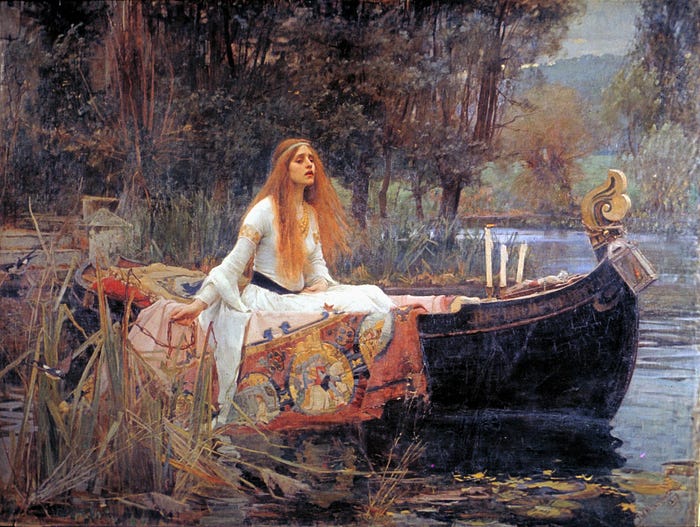
When someone is weary of the world, they may turn away from it and into fantasy and this is exactly what many romantic artists did. Many paintings of the period dipped into fairy tales, mythology, and folklore for inspiration. One such example is The Lady of Shalott by John William Waterhouse which is inspired by a Tennyson poem about Lady Elaine of Astolat.
8. Animals Were Also a Focal Point
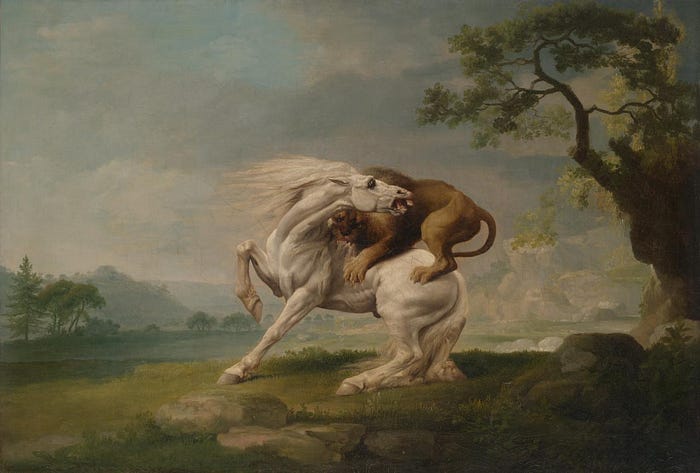
Animals, much like natural disasters, were common themes in paintings. But, their depiction didn’t depend on life-like accuracy. Instead, the traits of the animal were highlighted rather than their specific appearance. That’s why you might see a painting of a prowling tiger or neighing horse that isn’t exactly anatomically accurate.
9. It Was High Drama

Romanticism wasn’t about love, as the name might suggest, but it did involve high drama. When assessing the palette of a painting from this period, you’ll notice that the themes and colors are typically rather drastic. Visual art simply took the dramatic themes that people recognize from the literature of this era and put them into an aesthetic form.
10. French Romanticism Was Led By Eugene Delacroix
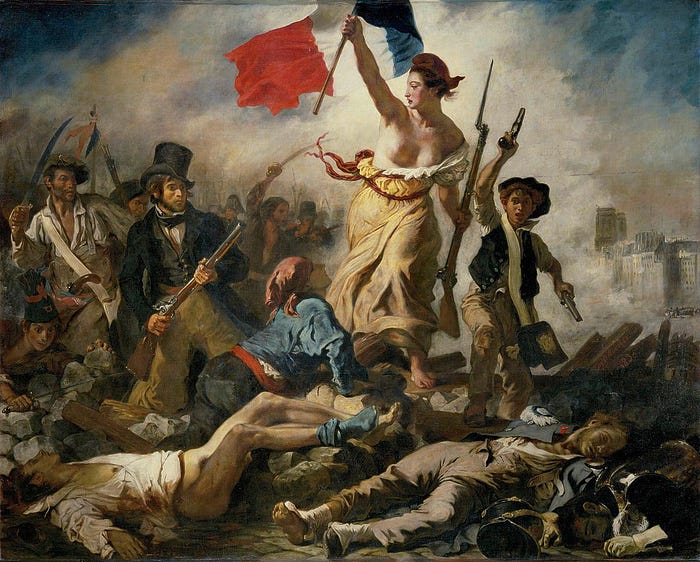
Eugene Delacroix was a French artist who was considered the unofficial leader of the period in that region. His work relied heavily on complementary colors which he blended in an effort to make them appear richer. This is a technique that impressionists later adopted. He also did much of his work outside as he believed that true colors were revealed by sunlight.
11. John Constable Also Inspired Impressionists
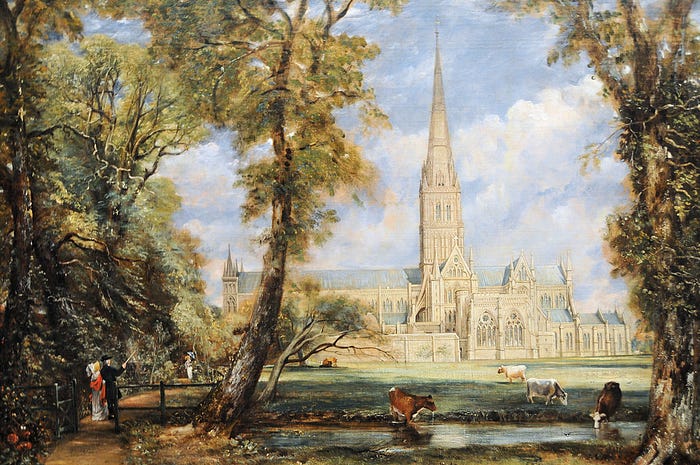
Another Romantic artist named John Constable also lent his technique to the upcoming impressionist movement. He was a well-known Romantic painter who favored small brushstrokes over large, sweeping ones.
12. Portraits Remained Popular
Human portraits had a hold in the Romantic Era just as they did in almost every other one. Much like the animal pieces, though, these focused on capturing emotion rather than the model. A painting of a child, for instance, would likely focus on encapsulating the innocence of the scene rather than every detail of the child’s physical portrait.
Conclusion
The era of Romanticism isn’t easily defined and there are a lot of interesting tidbits about it to learn. These 12 facts only scratch the surface of what this artistic age has to offer. If you’re interested in the Romantic Era, there are plenty of other facts to unearth and artwork born of the era to admire!
More to read:
The Beauty Of The Seasons In Art History
